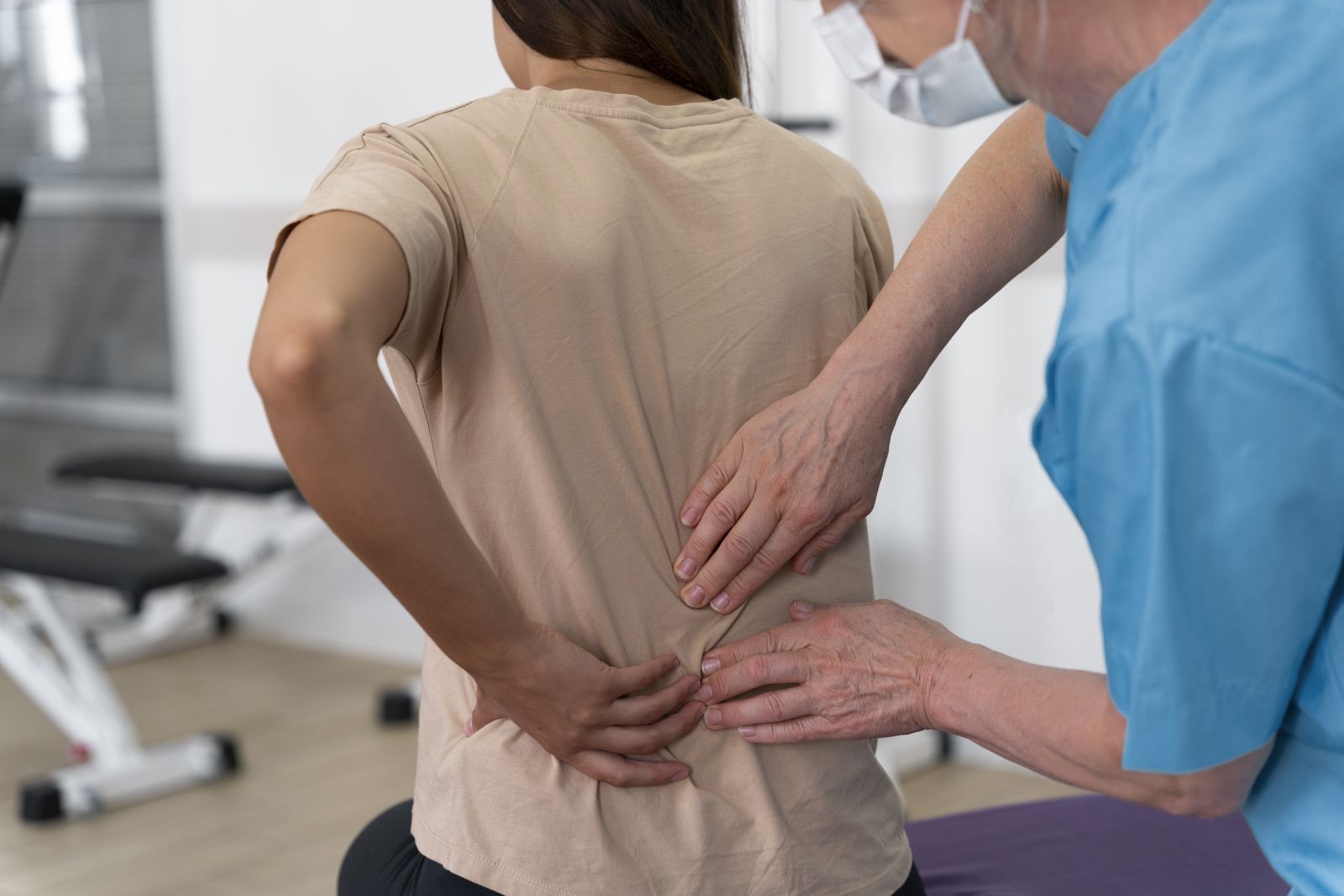Scoliosis is a spinal disorder that forms a C or S shape. This condition is usually found in children or early adolescents, but it can also occur in older individuals, especially those aged 60-70. Unfortunately, scoliosis will become permanent if not addressed promptly.
In general, a normal spine forms a straight line when viewed from the back. However, in people with scoliosis, the spine will curve to one side and twist. As a result, the hips and shoulders appear uneven. Scoliosis can occur anywhere along the spine, but:
- Most commonly in the chest and waist area (forming a C)
- Very rarely it happens twice as in the neck and lower back (forming an S)
Symptoms
The symptoms of scoliosis will vary depending on its severity. However, generally, they include:
- Uneven shoulders, arms, ribs, and/or hips
- One shoulder blade is more prominent or higher than the other
- The body appears tilted to one side
- The head appears not in a straight line with the hips
- The spine appears twisted

Causes
The causes of scoliosis can vary and are generally divided into 3 types: idiopathic, congenital, and neuromuscular. Here's a brief explanation:
1. Idiopathic Scoliosis
The cause is unknown but there may be a hereditary factor. It is found in infants (0-2 years old), children (3-9 years old), adolescents (over 10 years old), and adults (continuation of adolescent idiopathic scoliosis).
2. Congenital Scoliosis
Due to abnormal spine development since birth. Found in Marfan syndrome, Ehlers-Danlos syndrome, Osteochondrodystrophy, and neurofibromatosis.
3. Neuromuscular Scoliosis
Influenced by muscle involvement in the spine due to nervous system disorders. Found in cerebral palsy, spina bifida, and spinal cord injuries.
4. Other types of scoliosis
Degenerative (in the elderly due to joint and vertebral disc wear), functional (disorders in other parts of the body, such as leg length discrepancy, muscle spasms, inflammation).
Diagnosis
If scoliosis is suspected, it is important to get a diagnosis from the appropriate professional. The diagnosis begins with a review of health history, including personal and family history. Then, how the symptoms are felt, their impact on daily activities, and also on emotions. Further physical examination includes:
- Observation of curvature in the shoulders, arms, hips, and ribs
- Bending forward to look for curvature in the upper and lower back
- In addition, imaging tests such as X-rays, MRI, CT scans, and bone scans may also be performed.
Treatment
The treatment of scoliosis will vary for each individual, taking into account factors such as age, severity of the curve, the likelihood of the curve worsening, and its impact on quality of life and daily activities. If it is mild, no treatment may be needed. However, if it causes respiratory problems, then proper treatment is necessary.
- Observation: spine curvature is observed when it is still minimal (20-30 degree curvature limit). Treatment is done aggressively.
- Bracing: using braces to help control the worsening of spine curvature, but does not correct existing shape abnormalities. Effective for use in children who are still growing with severe scoliosis curves.
- Surgery: performed if the condition is severe.
In addition, there are also several therapies that can be done to alleviate scoliosis pain, although they do not help correct the curvature. Examples include stretching, exercise, massage, hydrotherapy, electrical stimulation, or the use of back braces. However, be sure to consult with the attending doctor first.

So, scoliosis is characterized by the typical symptom of spine curvature (like a C or S shape). This disease is often found since childhood or early adolescence. Most cases have unknown causes, but some are acquired since birth or as a result of nerve abnormalities. There are many healthcare facilities that offer scoliosis screenings, so let's check now!
Download the Newfemme app now to get more interesting tips and info !




